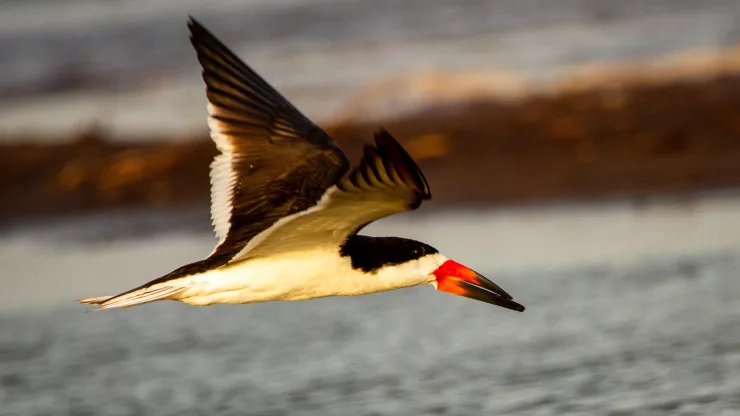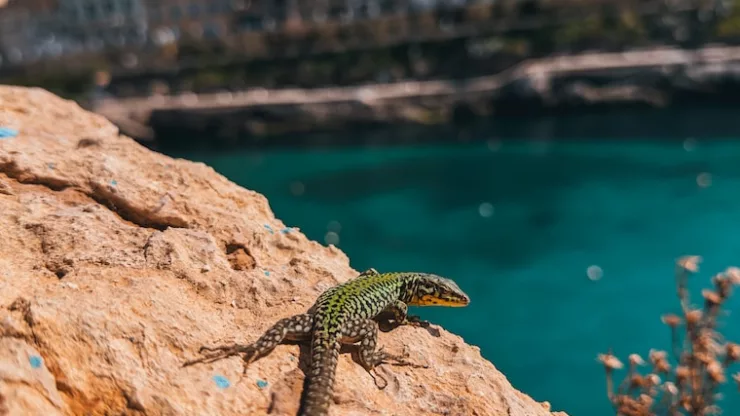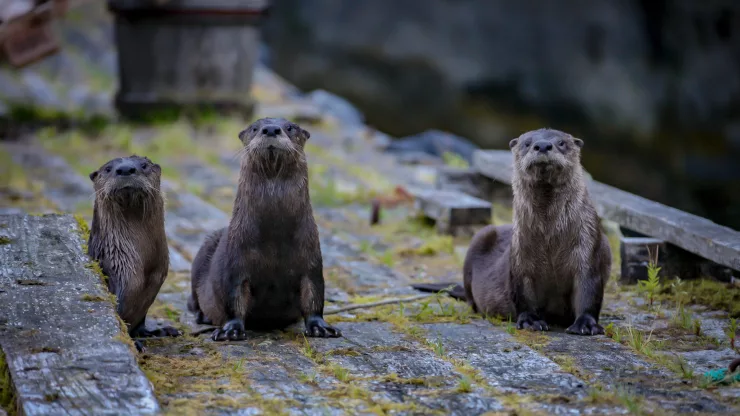Jump to Section
The Impact of Urbanization on Wildlife
As urban areas continue to expand, wildlife is forced to adapt to an ever-changing environment.
This adaptation often involves changes in diet, which can have significant impacts on the health and survival of these animals. Understanding the dietary influences of urban environments on wildlife can help us promote coexistence between humans and animals.
===The Role of Human Diets in Shaping Wildlife Diets
One of the primary ways that urbanization impacts wildlife diets is through the availability of food sources.
As humans develop and build in previously wild areas, they often introduce new food sources that animals may not have had access to before.
For example, the introduction of bird feeders can lead to an increase in the number of birds in urban areas, which in turn can lead to an increase in the number of predators that feed on these birds.
Additionally, human diets can impact the diets of wildlife through the disposal of food waste.
Many animals, such as raccoons and bears, have learned to scavenge human garbage for food.
This can lead to a diet that is high in processed and unhealthy foods, which can have negative impacts on the health of these animals.
Case Studies: Examples of Wildlife Adaptation to Urbanization
- Coyotes in Chicago have adapted to an urban environment by changing their diet to include more fruit and less meat. They have also learned to scavenge human garbage for food.
- In Australia, urban kangaroos have adapted to a diet that includes more grass and less shrubbery than their rural counterparts.
- Raccoons in urban areas have been found to have a diet that is high in junk food, including pizza and fried chicken.
===Promoting Coexistence: How We Can Help Wildlife Thrive in Urban Environments
Promoting coexistence between humans and wildlife in urban environments is crucial for the health and survival of both populations. Here are some ways we can help:
- Reduce the amount of food waste by properly disposing of food scraps and using compost bins.
- Avoid feeding wildlife, as this can disrupt their natural diet and lead to negative health impacts.
- Plant native vegetation in urban areas, as this can provide a food source for wildlife and help to maintain a healthy ecosystem.
- Encourage local governments to create wildlife corridors, which can provide safe passage for animals to move through urban areas.
FAQ
How does urbanization impact the dietary habits of wildlife?
Urbanization impacts the dietary habits of wildlife by introducing new food sources, such as bird feeders, and by providing access to human garbage, which can be high in processed and unhealthy foods.
What are some ways we can promote coexistence between humans and wildlife in urban environments?
We can promote coexistence by reducing food waste, avoiding feeding wildlife, planting native vegetation, and encouraging the creation of wildlife corridors.
I’m a nature enthusiast and creator of Metro Wilds and have spent years exploring the great outdoors.
With a passion for environmental conservation and sustainability, I have dedicated my career to writing about the beauty and wonders of nature, as well as the threats facing our planet.
Contact me at [email protected] for assistance.





